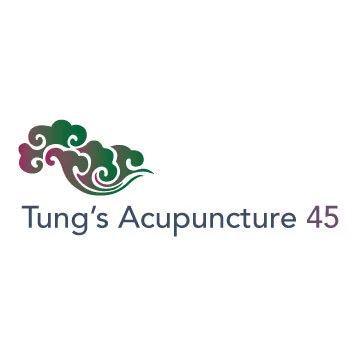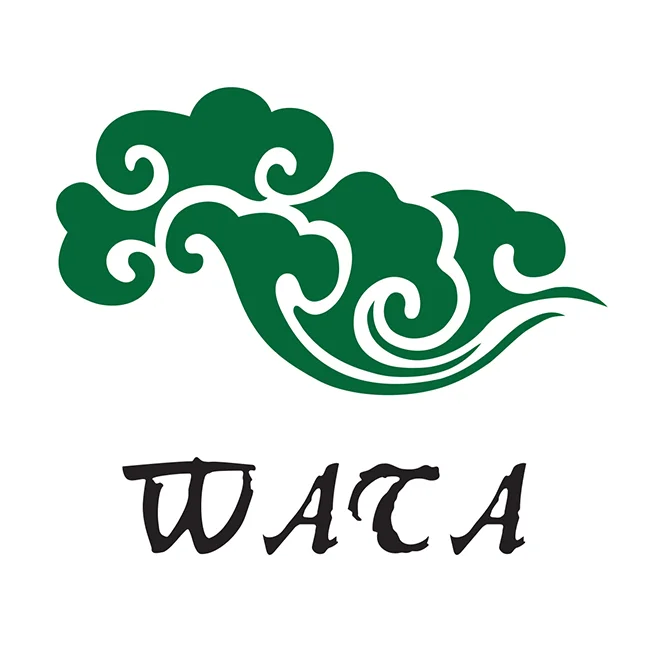2: Why the effective points in treating the frozen shoulder are mostly located on Tai Yang and Yang Ming channels?
/Tai Yang channels comprise hand Tai Yang small intestine channels and foot Tai Yang bladder channel. Small intestine channel is closely related to and dominates the motion muscles of the upper limbs. Hence it is particularly effective in treating pain in this range. Points of the small intestine channel are very often selected for the impediments of the motor and sensory functions of the upper limbs. Foot Tai Yang bladder channel rules the “tendons/sinews”, which are the most important parts in the motor function of the body. Foot Tai Yang channel is often selected to treat various types of pains, tetanus, spasm and numbness due to overstrain. The above mentioned diseases are related to tendons/sinews. That is the meaning of “Tai Yang rules the tendons/sinews.” Hand Yang Ming large intestine channel rules “Jin (body fluid)” related diseases. Besides, the pathway of the hand Yang Ming channel travels up “the lateral aspect of the upper arm and over the shoulder”; and hence treats “pains of the shoulder and upper arm”. As the “channel pathways reflect the channel’s indications”, the large intestine channel treats shoulder pain. And because the hand Yang Ming channel is with abundant qi and blood, it is excellent at regulating qi and blood.
Frozen shoulder is closely related to hand Taiyang small intestine and hand Yangming large intestine channels. Points selected to treat it are mainly located on those two channels. The most often prescribed and effective herbal formulas for treating shoulder and neck/nape pain are Ge Gen Tang or Gui Zhi Jia Ge Gen Tang from the Shang Han Lun. Ge Gen Tang and Gui Zhi Jia Ge Gen Tang are the formulas of Taiyang and Yangming channels. The herbal prescriptions also support the statement of the first sentence of this paragraph. To treat the frozen shoulder, other than the primary points on the hand Taiyang and hand Yangming channels, points on the lung, stomach, and spleen channels are often selected too, because the lung channel is the exterior-interior pair of the large intestine channel; the stomach channel is the hand-foot same name Yangming channel; the spleen channel is the pair channel of the small intestine according to the extraordinary connections of the Zang Fu organs. Other channels or points related to tendons/sinews may be selected too. Because the frozen shoulder is located on the upper part of the body, it is often to select the hand-foot same name channels, foot Yangming and foot Taiyang channels, to treat it.
Based on the extraordinary connections of the spleen and small intestine, needling Shenguan (77.18), a point located on the spleen channel in the lower body to treat frozen shoulder is very effective. Needling Xiajuxu (ST39) (the lower He-sea point of the small intestine channel) to treat the frozen shoulder is very effective too, because it treats both the hand and foot Taiyang and Yangming channels. Shoulder pain is often treated with Houxi (SI3) too. Blood-letting Shuanghe (DT.16) points on the back, especially the point corresponding to the Xiaochangshu (BL27), to treat the upper arm pain is also very effective. ST38 penetrating to BL57 is a common point in treating the frozen shoulder. ST38 is a point of the foot Yangming channel. BL57 is a point of the foot Taiyang channel. Combining both points will regulate both Yangming and Taiyang channels. One needle connecting two channels; it will regulate qi and blood and sooth sinews and invigorate the collaterals. Other points also give good results in treating the frozen shoulder, such as LI3 (Dabai (22.04)), LU5, GB34, ST37, SJ3, Sanchasan (A.04) (SJ2), GB21, LI10, BL2, SJ10, SI10, Zhongping point, SJ4, SI16, LI16, LI15, SI9. (The above is cited from the content of the One Needle Therapy of Young Wei-Chieh.)










